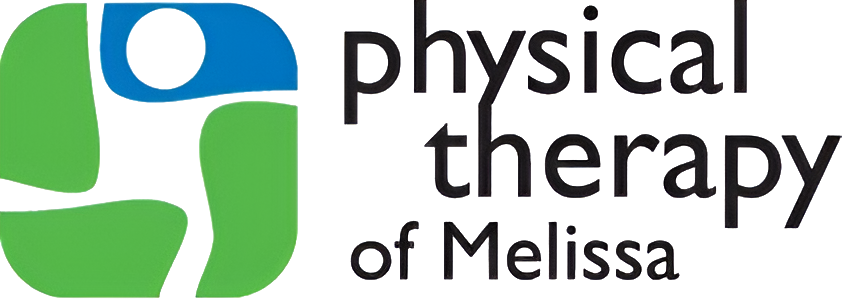
Tired of Living With Chronic Pain? It’s Time To Try Physical Therapy On For Size!
Here’s a wild fact: According to the CDC, an estimated 20.4% of U.S. adults had chronic pains and 8.0% of U.S. adults had high-impact chronic pain. Both were more prevalent among adults living in poverty, adults with less than a high school education, and adults with public health insurance. Moreover, experts predict chronic pain will increase in prevalence as people age into later adulthood.
As pain changes and the likelihood of more individuals experiencing it increases, finding relief for pain also continues to evolve. This is especially true as health providers become more concerned over the use of narcotics and opioids to treat chronic pain. However, understanding more about chronic pain and obtaining physical therapy may alleviate your pain.
If you’re dealing with chronic pain, call our clinic today to learn more about the options you have for pain management and relief. We promise you, a change is coming!
How do I know if I have chronic pains?
While it’s true that pain is a natural way for the body to alert a person of a problem, it can rise to a heightened level that makes it very hard for you to go about your normal routine. Chronic pain persists for weeks, months, or even years, explains the National Institute of Neurological Disorders and Stroke.
When pain is unrelenting, it can have severe and lasting impacts on a person’s daily life. Chronic pain may include pain associated with arthritis, cancers, infection, and even when no past injury or health problem exists. Although chronic pain generally affects the back or a specific muscle group, it can also be experienced in your hips, knees, legs, ankles, hands, and neck as well.
Physical therapy: can it really help?
The answer is yes, it can. As opioid overuse became a public health crisis, health providers have started to think about other ways to manage chronic pain. According to Move Forward PT, the Centers for Disease Control and Prevention (CDC) now recommends the use of non-drug approaches over the use of prescription painkillers.
Unlike over the counter medications, which simply place a “bandage” over the issue causing you pain, physical therapy works to address the root problem.
Since causes of chronic are often associated with damage to a joint or muscle group, improving the range of motion of joints may improve symptoms. In this case, more movement of joints encourages the body’s natural response to improve mobility and muscle tone, endurance, and strength. As a result, pain decreases.
For people with known injuries, treating injuries with physical therapy serves additional purposes. These include improving circulation to the joint and tissues to promote healing, as well as helping a person learn to move the joint without risking additional damage.
One example of how failure to move frequently contributes to soreness is a long road trip. Think about it, how did you feel the last time you sat in a car without getting out to stretch your legs for over an hour? Probably pretty stiff and achy! Over time, limited motion will cause pain during movement. So, routine treatment with a physical therapist may reduce the risk for chronic pain, as well as improve symptoms for those living with it today.
Common causes of chronic pains
You heard it here folks: treating chronic pain means managing the original cause. Not slapping a bandaid over it with medication and hoping it goes away tomorrow!
Take, for example, someone living with tissue damage from a past fall or accident. In order for their problem to completely be solved, they need to address the underlying actual issue. It could be a herniated disk, poor posture, obesity, arthritis, past fractures, or even nerve damage they weren’t aware of. The list is endless, but a physical therapist will be able to determine the actual cause.
Certain health problems may increase the risk for damage to joints and muscles as well, contributing to a loss of motion and the buildup of tension. For those without a root problem, turning to medications can feel like the only solution. However, a quick scan of recent news reports reveals many dangers exist in medication treatment for chronic pain, especially opioids.
Ready to say goodbye to nagging aches and pains? Call us today.
It’s time to stop relying on over the counter medication to get rid of your pain symptoms. You must accept that they won’t and that greater action must be taken if you ever want true pain relief.
Chronic pain does not always require advanced medication treatment. Instead, physical therapy and understanding more about the causes of chronic pain may be the best solution, and in fact, they carry less risk for injury, result in fewer side effects and elimination of the risk for addiction. To learn more about how therapy could help with your chronic pain, schedule your appointment at our clinic today!
